Q
Is Audi e-tron faster than Tesla?
Acceleration performance varies between the Audi e-tron and Tesla models. Take the Tesla Model S Plaid as an example: it accelerates from 0 to 100 km/h in just 2.1 seconds, making it one of the world's fastest production electric vehicles. Meanwhile, the Audi e-tron GT RS achieves 0-100 km/h in 3.3 seconds—impressive but slightly less potent than Tesla's high-performance variants. However, the Audi e-tron series prioritizes luxury and driving refinement. Its quattro all-wheel-drive system and suspension tuning deliver more stable handling on Malaysia's rain-prone roads. It's worth noting that an electric vehicle's acceleration performance depends not only on motor power but also on technologies like battery management systems and weight distribution. Tesla holds a slight edge in motor efficiency due to its earlier development experience in electric vehicles, while Audi leverages traditional automakers' strengths in chassis tuning and luxury features. For Malaysian consumers, beyond acceleration performance, considerations should include charging convenience (Tesla boasts a more extensive Supercharger network in Malaysia), after-sales service systems, and personal brand preferences. After all, comfort and practicality in daily driving often outweigh extreme acceleration figures.
Special Disclaimer: This content is published by users and does not represent the views or position of PCauto.
Related Q&A
Q
Can you charge an Audi e-tron on a regular outlet?
Yes, the Audi e-tron can be charged using a regular household socket (220V voltage) in Malaysia. However, the charging speed is relatively slow, usually only adding about 10 - 15 kilometers of range per hour, which makes it suitable for overnight charging. This charging method is called "AC slow charging" and requires using the charging cable that comes with the vehicle to connect to a standard three - prong socket.
If you want to charge the car faster, it is recommended to install a dedicated wall - mounted charging pile (such as the 11kW or 22kW charging equipment recommended by Audi), which can reduce the charging time to 8 - 10 hours for a full charge. Since the climate in Malaysia is hot, it is advisable to choose a cool and well - ventilated place for charging to avoid the impact of high temperatures on battery efficiency.
In addition, the Audi e-tron also supports DC fast - charging stations (such as ChargeSini or Shell Recharge), which can charge the battery to 80% in 30 minutes, making it ideal for long - distance trips. Car owners can check the locations of nearby charging piles through the MY Audi app, and many charging facilities have been installed in major Malaysian cities like Kuala Lumpur and Penang.
It should be noted that long - term use of a regular socket for charging may increase the circuit load. It is recommended that a professional electrician check whether the home wiring can support continuous high - power operation.
Q
Should I charge my Audi e-tron every night?
Regarding the question of whether to charge the Audi e-tron every night, it is recommended to consider your actual driving needs and battery health. Audi official states that the e-tron's lithium-ion battery pack is optimally designed and supports intelligent charging management. Frequent charging won't significantly affect the battery life, but keeping the battery fully charged (e.g., 100%) for a long time may slightly accelerate battery aging.
For users in Malaysia, if your daily commuting distance is short (e.g., 50 - 80 kilometers), you can charge the car every other day or set the charging limit to 80% - 90%. If you need to drive long - distance or have a high power demand the next day, you can fully charge the battery. It's worth noting that the climate in Malaysia is hot. It is advisable to avoid charging during the high - temperature noon. Charging at night or in the early morning is more efficient. Meanwhile, try to use the original charger or certified charging piles to ensure safety.
The key to maintaining an electric vehicle battery is to avoid over - discharging (below 20%) and extreme temperature environments. Regularly using the in - vehicle charging management system to calibrate the battery status can also extend its service life. If you install a home charging pile, you can schedule to charge during off - peak hours to save electricity costs. These details can help car owners better balance convenience and battery maintenance.
Q
Does the Audi e-tron have fast charging?
The Audi e-tron does support fast charging technology. When using DC fast chargers that follow the CCS2 standard in Malaysia, it can achieve a maximum charging power of 150kW. This means it only takes about 30 minutes to charge the battery from 5% to 80%, which is highly suitable for long - distance trips or urgent energy replenishment. The e - tron's battery management system can intelligently adjust the charging rate to protect the battery life, and can still maintain a stable charging efficiency, especially in high - temperature climates.
For Malaysian users, major domestic charging operators such as ChargeEV and Gentari have already deployed compatible fast chargers, covering the North - South Expressway and major cities. Among vehicles in the same class, the Porsche Taycan and Mercedes - Benz EQS also support similar high - power charging, but the actual charging speed will be affected by the battery temperature, the current battery percentage, and the output capacity of the charging pile.
It is recommended that car owners plan their routes in advance and check the real - time status of charging stations through the myAudi app. At the same time, note that frequent use of fast charging may slightly accelerate the decline of battery capacity. Using an 11kW AC slow charger for daily commuting is more friendly to the battery.
Q
How long does it take to charge a 2024 Audi e-tron?
The charging time of the 2024 Audi e-tron depends on the charging equipment used and the battery capacity. With the commonly used 11kW home charging piles in Malaysia, it takes about 8 to 9 hours to fully charge the vehicle, which is suitable for overnight charging. On the other hand, using a 150kW public DC fast - charging station can charge the battery from 10% to 80% in just 30 minutes, making it ideal for quick energy replenishment during long - distance trips.
It's worth noting that the charging speed is affected by the ambient temperature, the current state of the battery, and the power of the charging equipment. It is recommended that car owners in hot weather prioritize shaded charging stations to maintain the battery's optimal performance.
The Malaysian government is actively expanding the charging infrastructure. Major shopping malls and highway service areas have gradually been equipped with fast - charging piles. Meanwhile, Audi Malaysia also provides home charging pile installation services. Car owners can consult local dealers to get suitable charging solutions for their residences.
For novice electric vehicle users, proper planning of charging time and location can significantly enhance the driving experience. For example, using the time for shopping or dining to do a quick charge can not only save time but also prevent excessive battery discharge.
Q
How to charge 2024 Audi e-tron?
The 2024 Audi e-tron, as a pure-electric SUV, can be charged in multiple ways in Malaysia. First, you can use a household power socket (AC 220V) for slow charging. However, the charging speed is relatively slow, so it's suitable for overnight parking. If you want a faster charge, it is recommended to install the Audi-recommended wall-mounted charging box (Audi Wallbox), which supports 11kW AC charging and can fully charge the battery in about 6 - 8 hours.
In addition, the public charging network in Malaysia is gradually improving. The e-tron is compatible with DC fast-charging piles that follow the CCS2 standard (such as ChargeEV or Shell Recharge). In fast-charging mode, it can charge from 10% to 80% in about 40 minutes. During charging, you can monitor the progress and set the charging plan through the in-vehicle MMI system or the myAudi mobile app.
To extend the battery life, it is advisable to avoid frequent use of fast charging and keep the battery level between 20% and 80%. It's worth noting that the hot climate in Malaysia may affect the battery performance. When parking, try to choose a shady place or a charging station with a sunshade. Electric vehicle owners should also be aware of the subsidy policies for charging facilities provided by the Malaysian government. For example, you can enjoy partial tax relief when installing a home charger.
Latest Q&A
Q
What are the brake issues on the 2021 Nissan Rogue?
Some owners of the 2021 Nissan Rogue in the Malaysian market have reported brake issues, mainly focusing on a longer brake pedal travel or a soft initial braking force. This situation may be related to the hydraulic adjustment of the brake system or the break-in characteristics of the brake pads, and it becomes more noticeable especially when the brakes are used frequently in Malaysia's rainy weather. However, Nissan has already improved this phenomenon by optimizing the response logic of the brake assist system through software updates. It's worth adding that any new car's brake system requires a break-in period of about 500 kilometers to reach optimal performance. Owners are advised to avoid sudden braking and emergency braking and stopping driving habits, and regularly check the brake fluid moisture content (it's recommended to replace it every 2 years in Malaysia's hot and humid climate) and the brake pad thickness (replace when it's below 3mm). If brake noise or pedal vibration is noticed, it's necessary to go to an authorized service center for inspection immediately, as this may be a normal phenomenon caused by brake disc wear or ABS system intervention. Malaysian owners also need to pay special attention to increasing the following distance when driving in the rainy season, as wet roads can extend the braking distance by about 20%-30%.
Q
How much are brakes for a 2021 Nissan Rogue?
The brake system replacement cost for the 2021 Nissan Rogue (X-Trail) in the Malaysian market varies depending on the specific configuration and service channel. Original equipment brake pad typically range from RM400 to RM800 (per axle, front or rear). If brake discs need to be replaced at the same time, the total cost can reach RM1,500 to RM3,000, depending on whether you choose original parts or high-quality third-party brands like Brembo or AKEBONO. Independent repair shops usually offer prices 20%-30% lower than authorized 4S dealerships, but it's advisable to prioritize Nissan-certified service centers to ensure compatibility. It's worth noting that the regenerative braking system in hybrid Rogue models can affect brake pad wear cycles, extending replacement intervals to every 60,000-80,000 kilometers (compared to around 40,000-50,000 kilometers for the standard version). During daily driving, if you notice brake pedal vibration, unusual noises, or increased braking distance, you should promptly check the brake fluid level and line tightness. In Malaysia's tropical climate, it's recommended to replace DOT4 brake fluid every 2 years. For car owners focused on value for money, Japanese brand DIXCEL or local Malaysian brand MEKAR brake components are viable options, but ensure they meet JASO or SAE standards. Regular cleaning of brake caliper slide pins can also effectively prevent uneven wear caused by dust accumulation.
Q
Are 2021 Nissan Rogue AWD?
The 2021 Nissan Rogue (known as the X-Trail in some markets) does offer an AWD (All-Wheel Drive) variant, equipped with Nissan's Intelligent AWD system. This setup automatically distributes torque between the front and rear wheels based on road conditions, enhancing traction on slippery surfaces or during light off-roading—perfect for Malaysia's rainy climate and suburban road conditions. The AWD system also features drive mode selection, including Standard, Eco, Sport, and Snow modes (though the latter sees less use in Malaysia), balancing fuel efficiency with handling stability. It's worth noting that the 2021 Rogue rides on the new CMF-C platform, which boosts body rigidity while reducing weight. Paired with a 2.5L four-cylinder engine (181 horsepower) and CVT transmission, the overall tuning leans toward comfortable family use. The AWD version does see a slight reduction in trunk space (approximately 1,996 liters with the seats folded down). For Malaysian consumers who frequently tackle muddy roads or mountainous trips, the AWD variant provides extra safety assurance. However, if city driving is your primary use, the front-wheel drive version is sufficient and more fuel-efficient. Competitors in the same segment, like the Toyota RAV4 or Honda CR-V, also offer similar AWD technology, so it's advisable to test drive and compare based on actual needs.
Q
Does the 2021 Nissan Rogue have automatic braking?
Yes, the 2021 Nissan Rogue (known as the X-Trail in Malaysia) comes with Automatic Emergency Braking (AEB) as part of Nissan's Safety Shield 360 package. This system uses a front-facing camera and radar to monitor for vehicles or pedestrians ahead, automatically triggering the brakes if a potential collision is detected to either reduce the risk of impact or minimize injury. Beyond AEB, the 2021 Rogue also offers other advanced driver-assistance features like blind-spot monitoring, lane-keeping assist, and rear cross-traffic alert—all working together to boost on-road safety. In the Malaysian market, these kinds of safety features are gaining more attention from consumers because they effectively lower the risk of rear-end collisions in congested urban areas, especially in busy spots like Kuala Lumpur. It’s important to note, though, that while automatic braking systems can assist drivers, you still need to stay focused behind the wheel. The system might have limitations in certain complex road conditions or bad weather, which is a common trait across all brands' ADAS systems these days.
Q
How do you start a 2021 Nissan Rogue with the key fob?
To remote start your 2021 Nissan Rogue with the key fob, first make sure the vehicle is in Park and all doors are closed. Then, within the key fob's effective range (about 80 meters), quickly press the lock button once, and immediately hold down the engine start button (the one with the arrow icon) for about 2 seconds until the turn signals flash and the engine starts. It's worth noting this feature is super handy in Malaysia's hot weather—you can fire up the AC early to cool things down. But don't use it in enclosed spaces like garages, though; you don't want exhaust fumes building up. The Rogue's smart key system also does keyless entry—just keep the key on you, grab the door handle, and it unlocks. This tech's pretty much become standard on mainstream SUVs in Malaysia these days. Besides the convenience, you can also trigger the car's security alarm in an emergency by holding down the alarm button on the key fob. If the remote start isn't working, it might be a weak key battery or the vehicle detecting a fault code. In that case, check the dashboard for any warning messages or give a Nissan authorized service center a call.
View MoreRelated News
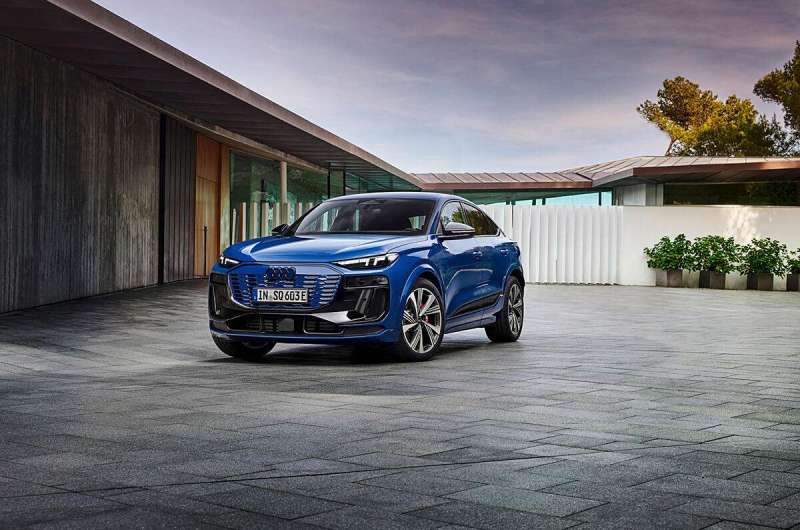
Official Images of Audi Q6 e-tron Sportback Released: Debuts at the Paris Motor Show
LienOct 14, 2024

Audi TT Moment 2.0 Debuts This September on Porsche EV Platform
MichaelAug 1, 2025
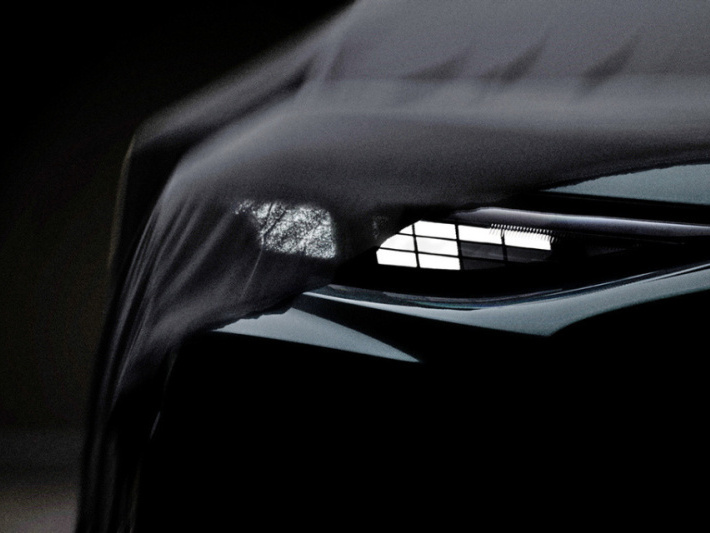
Beyond Expectations: All-New Audi Q3 Coming June 16
RobertJun 13, 2025
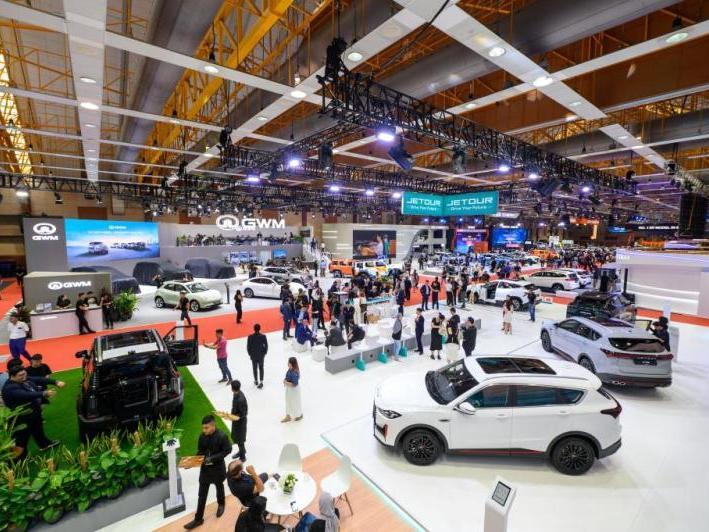
Summarizing the 2025 Malaysia Auto Show, a large number of new cars were launched in Malaysia this year.
MichaelMay 12, 2025
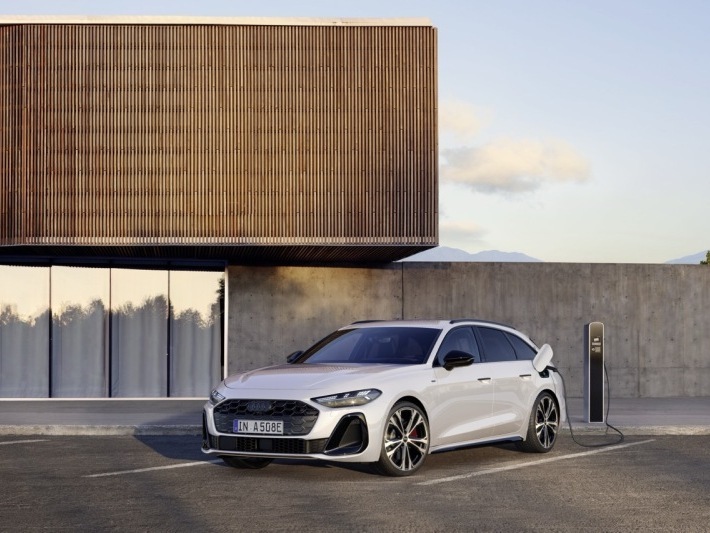
Audi A5 Launches Its First PHEV Version, Accelerating from 0-100 km/h in Just 5.1 Seconds
JohnMar 27, 2025
View More







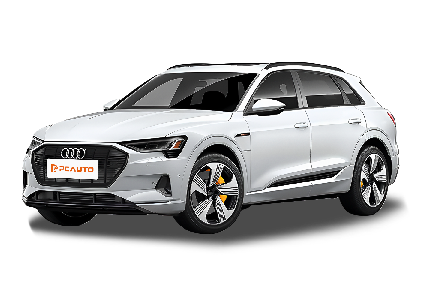




Pros
Cons